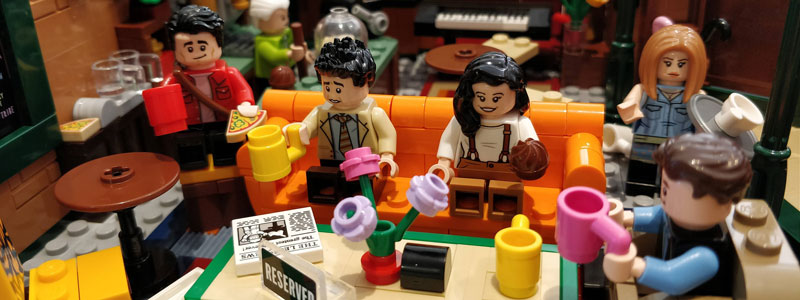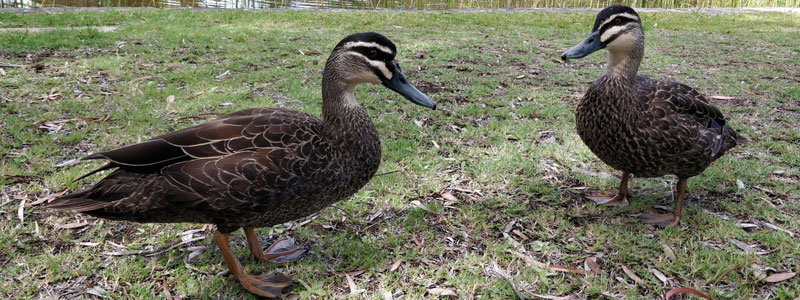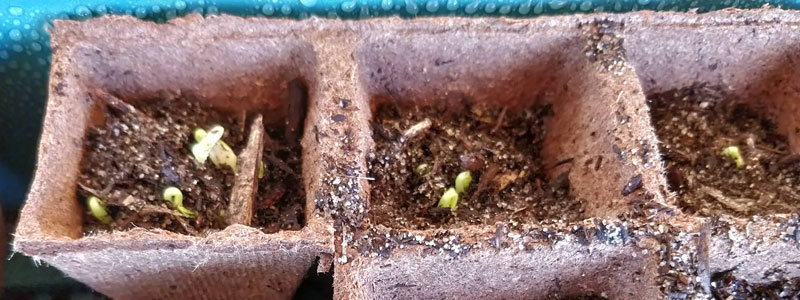With season 12 of Doctor Who now wrapped up in a comparatively short 10 episode run, my mind is burning with all sorts of contradictory thoughts. Which means the only thing to do is to put most of them down on [virtual] paper.
Needless to say this post will be packed with spoilers for season 12, right up to the finale – so please don’t read if you haven’t already watched.
The old before the new
First things first, I’ve been a Doctor Who fan since the late seventies, and one thing I’ve learned in that time is that the lot of a Whovian is one of frustration. The show wavers chaotically between excellence and wretchedness, but most typically achieves a level of benign satisfaction. We keep watching because of those flashes of greatness, and because of the underlying magic of the premise, but mostly because we love the show. Consequently, I’ve found myself in familiar territory during the current era of the show.
Still, in the interests of full transparency, my trajectory through Nu Who has been as follows:
- RTD: absolutely nailed the show’s return, but gradually descended into overblown noise towards the end; frantically throwing out increasingly grand plot threads and trying to string them all together. That said, “Turn Left” and “Midnight” remain two of the finest episodes of Nu Who;
- Moffatt: personally a big fan. His ability to continually reinvent the show, and really draw deep on the fairy tale / mythological elements kept me intrigued, even when some of his more ambitious plot threads didn’t really pan out. I’m not blind to his limitations, but he also deserves more credit that he gets for leading the show to where it is now (things like canonising transgender regeneration; and introducing the show’s first openly gay companion);
- Chibnall: we’ll talk more about this below but, given that Chibnall’s previous episodes for the show were among its weakest, I went into series 11 with a huge sense of excitement that we had a female Doctor at last, and looking forward to the show being refreshed, but remained wary about Chibnall’s ability to manage the narrative aspects.
Back to season 11
I’m not gonna lie. I did come out of season 11 a little bit frustrated (again, this is relatively normal for a Whovian). We had an awesome new Doctor; a really interesting set of companions; and an incredibly gorgeous, cinematic looking show. Unfortunately, the writing never quite matched up. There was a sense that this series was more about people, and particularly about having ‘real’ people in the TARDIS. We had beautiful moments with Graham, some decent moments with Ryan (even though it was often forgotten that he was also supposed to be grieving), but next to nothing for the two female characters. Jodie Whitaker delivered an excellent persona for the doctor, but was given almost no character work in her scripts to truly tuck into. Meanwhile, poor Yaz was barely even a character.
Don’t stray from the path
I think it’s a commonly held view that the seismic changes elsewhere in the show were balanced by an excessively safe approach to the narrative. We had three excellent historical stories, but each had alien subplots shoehorned in that didn’t really need to be there. We had stories that seemed to be written by people who were doing science fiction by rote, rather than truly exploring the ideas in their stories. We had a brief mention of the Timeless Child, but for the first time in ages no overriding arc to the season … which led us to a season that ended not so much with a final, but with a disappointing whimper. It seemed as if Season 11 wanted to tread its own path, but lacked the courage to stray too far from convention.
Familiar things
So, given season 11 actively avoided returning villains or any other continuity, it’s surprising that Chibnall plunged so deeply into that well for season 12; to the extent that every major plot point comes across as something that we’ve seen before. To whit:
- A new character that turns out to be the Master. Check.
- Gallifrey, and the Time Lords, have been destroyed: Check.
- We discover there’s a brand new Doctor that we’ve never heard of before: Check.
- An alien planet that turns out to be Earth. Check.
Even the creature design suffered from this inadvertent trenching of the show’s past: an alien villain that looked so similar to the Racnoss that it’s staggering that it seems to have been unintentional; then creatures in another episode that immediately had fans quipping ‘are you my Mummy?’. We also had a [pretty cool] new Cyberman design that, at least in this case, intentionally referred back to a classic design.
A bit of give and [a lot of] take
But the renewed focus on plot and continuity has come at the expense of the characters. There have been some bizarre token attempts to elevate Yaz (mainly in Praxeus), but she has also been actively undermined in other episodes. Check the moment in Orphan 55 where she interrupts the old man trying to propose, and the later scene in the same episode where she is deliberately shown to have worked out half the plot out five minutes after the Doctor has already done it (why have that moment at all when it only serves to make Yaz look stupid?). Not to mention the scene in Nikola Tesla’s Night Of Terror where she–a trained policewoman, remember–is shown failing to clear a street, and it’s left to the older white man to do the job. These are moments that do active disservice to a character; in comparison, Ryan and Graham get off lightly with absolutely no character development this season.
In their place
Most disturbing are the other instances in which female characters have had their agency reduced or completely taken away. This is particularly glaring given the show’s surface sheen of ‘wokeness’ (horrible word), which seems to all but disappear once you start scratching away at it. We’ve already had the fridging of a black female character at the start of the last season (which was clearly done to explore the impact on the white male character, given Ryan’s relatively trauma-free journey through the show). This season starts off terribly with two strong, female historical characters having their memories forcibly wiped by the Doctor (totally ignoring the commentary following similar scenarios with Donna and Clara previously).
Later we have an episode in which Mary Shelley is seen getting the inspiration for Frankenstein from an encounter with a cyberman, as opposed to from her own imagination (this is particularly disappointing given how expertly they avoided that same mistake in last season’s Rosa). To make matters worse, Mary Shelley’s role in the episode is that of mother and concerned partner. Her massive cultural impact is given zero relevance to the plot: conversely, Mr. Shelley’s role in history is impassionedly defended by the Doctor and proves critical to the outcome of the episode.
Who?
Which leads us to the biggest inconsistencies of the season—both in terms of the character and the message of the show—which are saved for the Doctor. We’ve already had the mind-wiping business; the same episode sees her joyfully handing the Master over the Nazis, having first removed the perception filter that hides his distinctly non-Aryan appearance. We end the season with her prepared to commit genocide (something previously established as a very non-Doctor thing to do).
In between this we are supposedly presented with a ‘darker Doctor’, but this is mostly limited to her companions remarking that she’s been a bit moody lately, and the occasional instance of her getting a bit bossy with them. The ‘darker doctor’ business is obviously building up the revelations about the Timeless Child, and the hidden areas of her past. On this aspect, there’s some excellent commentary from the always worthwhile Andrew Ellard pointing out how damaging it potentially is to have our first female doctor being handed her trauma by a male character in the season finale.
And again, a traumatised Doctor is ground that has already been well-trodden in Nu Who.
Those juicy, juicy plot holes
And yet, despite all the revelations and exposition, what about all the bits that are still left hanging?
- Are we really not doing anything with the trans-dimensional aliens from the first episode who seemingly had nothing to do with the two trans-dimensional portals we saw in the season finale? There has to be a link here, right? Especially given the Master was involved in both …
- … and anyway, how did the Master escape from the other dimension and end up on Gallifrey?
- And how did the ‘boundary’ conveniently link to Gallifrey exactly when the plot needed it to?
- How did the Master figure out the Timeless Child business when the Matrix was so heavily redacted? And there was nothing in there anyway that explicitly linked the Doctor to the Timeless Child? Unless he learned some of it from elsewhere?
- How did Jack know to warn the Doctor about the ‘lone cyberman’ when he was nowhere to be seen in the finale?
- And why did Jack think it necessary to warn about the ‘lone cyberman’ when the cyberium ended up having absolutely no impact on anything in the end? Unless, it has more to do with what’s ahead (given that the Master still has the cyberium).
- Exactly how do dead Time Lords regenerate? And if they were still able to regenerate, why were they dead?
- And why does Doctor Ruth’s TARDIS look like a police box?
Ending on a positive note
Of course there have been some great moments this season. I for one love the retcon twist with the new Doctor(s) and the Timeless Child: it broadens the Universe of the show and makes the Doctor’s past a mystery once again (even if Chibnall did blow most of that wad during the extended burst of exposition in the season finale). This season has done other exciting new things: the opening of Praxeus, with the companions already separated and on-mission, was awesomely cinematic, and offered a rare chance to begin a story from beyond the perspective from outside the TARDIS crew. The animated sequence in Can Your Hear Me? was also a fun way to deliver exposition (in a season that has typically done a very poor job with exposition).
So, in short, a season that has delivered some excellent things, some terrible things, and a lot of in between. Classically frustrating.
















